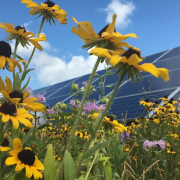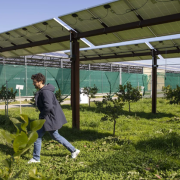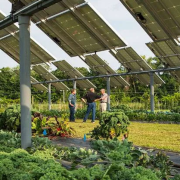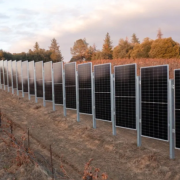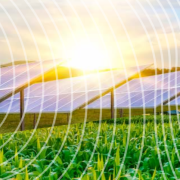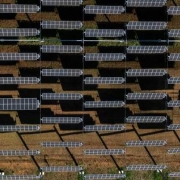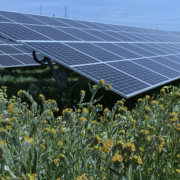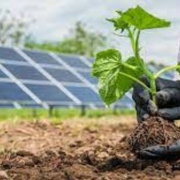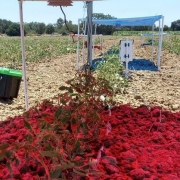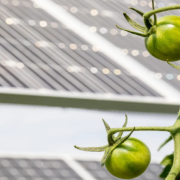The rising tide of opposition to large-scale solar farms has been impacting the US solar industry, but over the long run, PV stakeholders have the butterflies on their side. Solar developers are eager to pitch their projects as pollinator habitats that replace cultivated crops and neglected land with native plants, benefiting the property owner and nearby farms. The pollinator angle helps to undercut complaints that solar arrays are an inappropriate use of farmland, and it supports the case for farmers to adopt new technologies that benefit their industry.
Minnesota has become the epicenter of the solar-plus-pollinator trend, with local electric cooperative Connexus Energy leading the way. That’s no accident. A 2016 state law set up Minnesota’s Habitat Friendly Solar program, which incentivizes property owners and solar developers to claim benefits for gamebirds as well as songbirds and pollinating insects.
Click here to read the full article
Source: Clean Technica
—
If you have any questions or thoughts about the topic, feel free to contact us here or leave a comment below.

